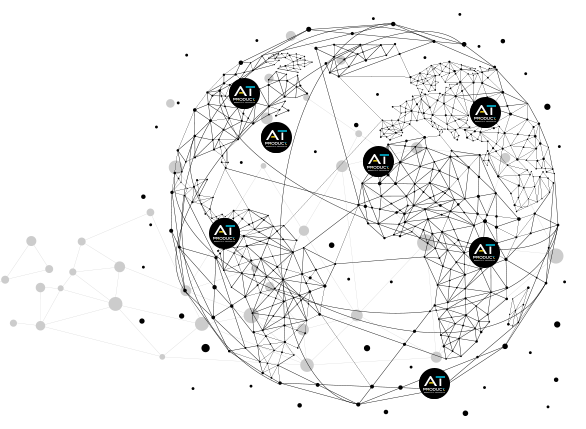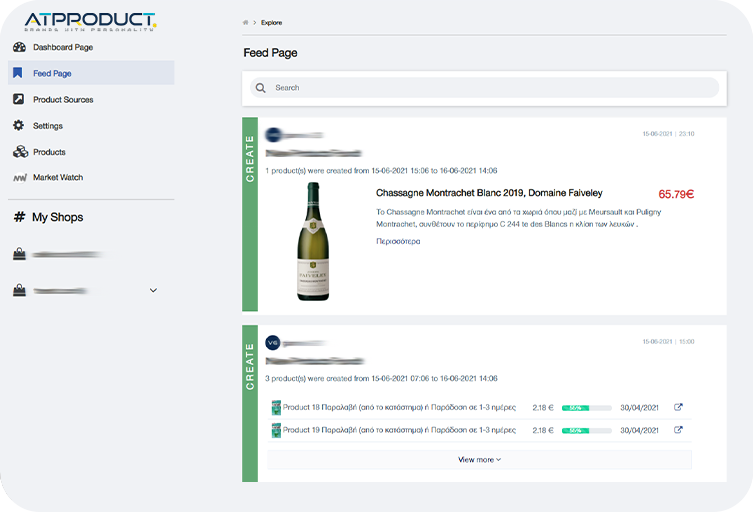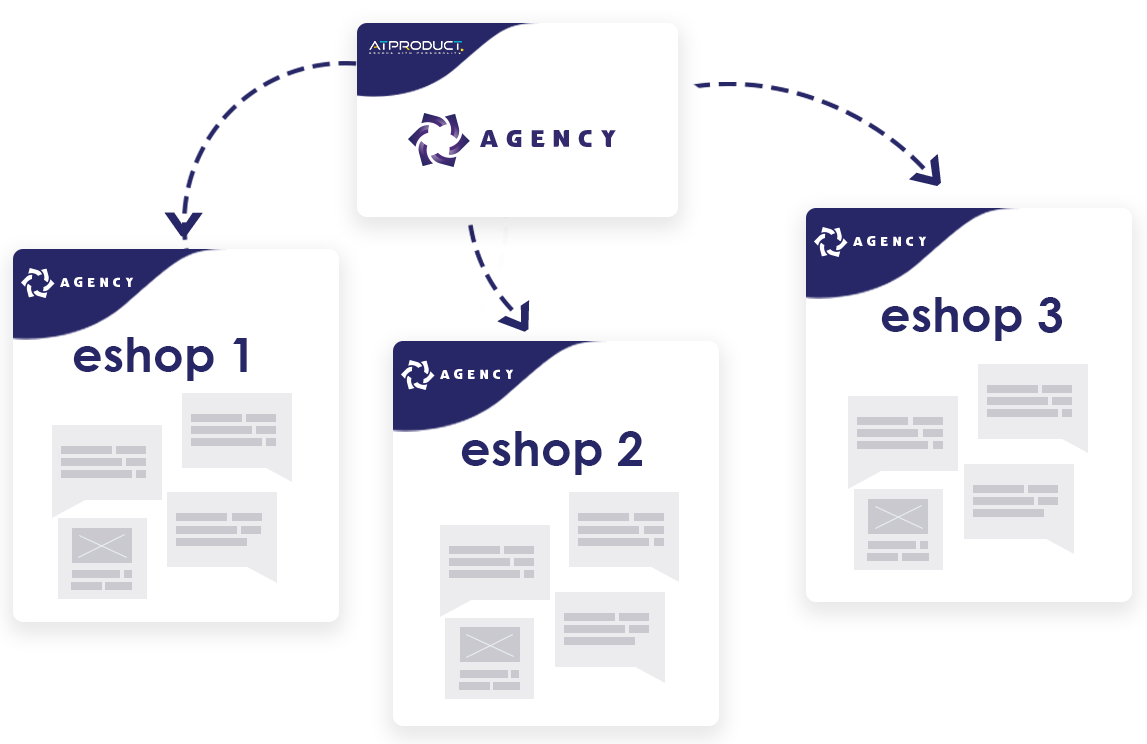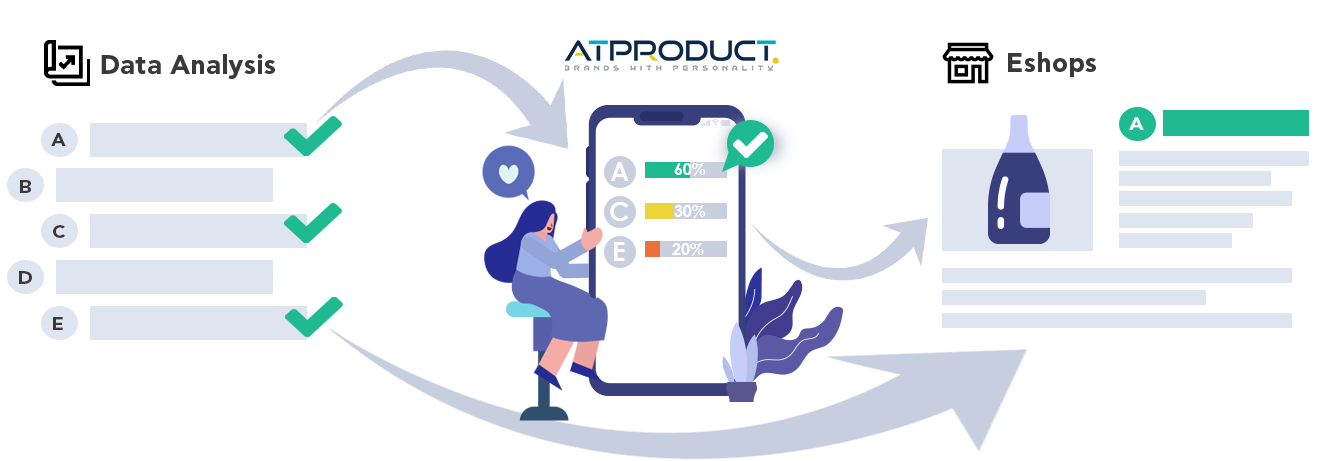ATProduct Headless Commerce
In its simplest form, headless commerce is a separation of the front end and back end of an ecommerce application. This architecture offers developers freedom of expression to build whatever and however they want. Most importantly, it enables brands to enrich the customer experience.
To put it simply, headless commerce is the decoupling of the presentation layer of an ecommerce application from its logic. This architecture gives developers the freedom to develop new features quickly and easily either in the presentation, or the logic layer without having to reason about the system as a whole.
A critical component of headless is the combination of the use of first and third party APIs, and cloud platform tools like AWS. These resources are core to every team’s innovation strategy since they allow velocity of innovation, and the ability to combine third party services into a platform that is bigger than the sum of its parts.
In a fast paced environment like ecommerce, keeping pace with the evolution of technologies and trends isn’t easy and requires a lot of critical thinking, planning and a lot of resources in decision making since each change in the platform incurs a huge cost of change. COVID-19 is only accelerating this. In a traditional ecommerce architecture, new features can require both logic and presentation planning and development at the same time, turning even small projects into monolithic goliaths.





